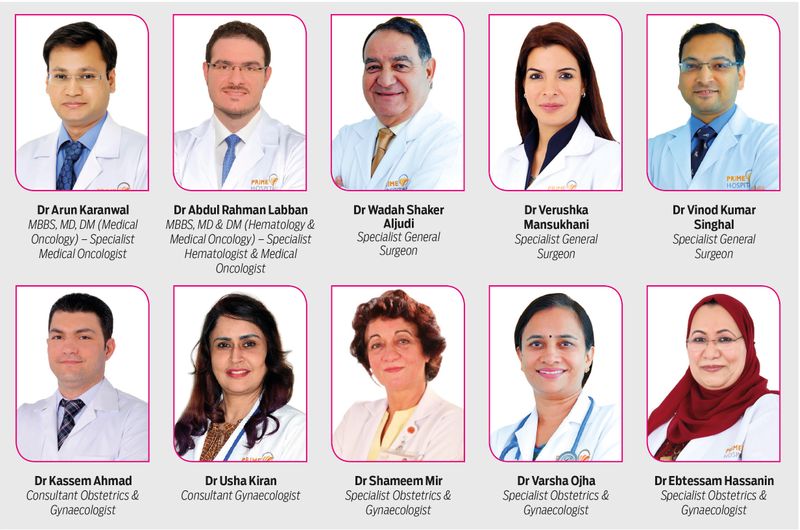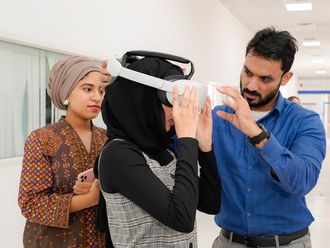
Non-cancerous breast changes appear to be more common in women with a family history of breast cancer. There are several factors associated with benign breast problems; one study examined women ages 40 to 69 who received screening mammograms. Of this group, some women were found to have benign breast conditions during the average 35-year follow-up period. The researchers found the following factors were linked to an increased risk of specific benign breast problems:
* A family history of breast cancer. Premenopausal women with a family history of the disease were twice as likely to develop a noncancerous abnormal cell growth called epithelial proliferation with atypia (EPA). This condition can raise breast cancer risk. They also were more likely to have several benign breast conditions that don’t generally increase cancer risk.
* Flat epithelia atypia occurs when abnormal looking (or atypical) cells line up in columns along the insides of the terminal duct lobular unit.
* Postmenopausal hormone therapy. Women who used hormones after menopause had higher rates of EPA and two other benign conditions that don’t raise cancer risk. This was compared with women who did not use hormones. The authors pointed out that more research is needed to determine the impact of taking hormones.

The study also linked several factors to lower rates of benign breast conditions:
* Protect yourself from the damage of chronic inflammation. Science has proven that chronic, low-grade inflammation can become a silent killer contributing to cardiovascular disease, cancer, type 2 diabetes, and other conditions. Get simple tips to fight inflammation and stay healthy.
* Obesity. Non-cancerous breast conditions were less likely to develop in women who are obese than in women of normal weight, except for epithelial proliferation (EP), another type of abnormal cell growth, like EPA but without atypical cells. It can also raise the risk of breast cancer (but less so than EPA).
* Obstacles to giving birth or inability to do so — Premenopausal women who have not given birth were less likely to develop EP epithelial proliferation than women who had borne three or more children. However, they were more likely to develop fluid-filled cysts.
* Use of oral contraceptives. Women who took birth control pills were less likely to develop breast growth called fibroadenoma with atypia, fibrocystic changes, and cysts than those who did not take the pills.
Breast cancer is the most common cancer in women worldwide, as one in eight women is diagnosed with breast cancer during their lifetime. However, there is a high chance of recovery if we detect it in its early stages. During October, Prime Health supports the international Breast Cancer Awareness Campaign with special ultrasounds, mammograms and Gynaecological consultation screenings, health talks, participating in community events.
Most women with breast cancer will never be able to pinpoint an exact cause. However, women with certain risk factors are more likely than others to develop breast cancer. A risk factor may increase the chance of getting a disease, but it does not mean a woman will get breast cancer.
The oncology and surgical departments at Prime Hospital are fully equipped to examine and treat all cases. This includes breast cancer screening, surgical treatment, chemotherapy and hormone therapy, evaluation for hereditary cancers, and supportive care services during breast cancer treatment like physiotherapy and dietician consultation.
For more information, please call us on 04 292 9777
Breast Care Clinic: We make a strong team together

Earlier the stage, better the survival
Screening techniques help in detecting breast cancer much earlier and hence give a better overall disease-free survival for the patient.
Triple Assessment and Screening:
• Clinical examination
• Imaging — Ultrasound, Mammogram, MRI-Mammogram
• Pathology — Core Biopsy, Cytology
Depending on the stage at the time of presentation, the treatment modalities that are available at present ranges from various types of surgeries — breast conservation, mastectomy with or without reconstruction, radiation, systemic chemotherapy, targeted therapy, and hormonal therapy.
The department offers treatment for the following conditions:
Benign breast diseases
• Breast pain
• Lactation mastitis
• Galactocoele
• Fibroadenosis
• Fibroadenoma
• Fibrocystic disease
• Phylloides tumor
• Duct ectasia
• Nipple discharge
• Granulomatous mastitis
• Accessory Breast
• Axillary lumps
• Gynaecomastia in men
Premalignant breast diseases
• DCIS — Ductal Carcinoma in situ
• Lobular carcinoma in situ
• Intraductal papilloma
Malignant breast diseases
• Diagnosis — core biopsy/tru-cut biopsy, FNAC axillary lymph nodes, breast tissue marker placement.
• Staging — PET CT scan.
• Surgical options: Breast conservation surgery with SLNP (sentinel lymph node biopsy)
• Modified radical mastectomy with or without reconstructions as per oncological principles.
• Port-a—Cath insertions (central venous tunneled access devices)
• Port-a-Cath removal.
• Tumour markers — CA15-3/CA27.29/CA125
Genetic Counselling:
• BRCA 1
• BRAC 2
• Gene profiling













